Introduction to the course
Recurrent Neural Networks (RNNs) for Language Modeling with Keras

David Cecchini
Data Scientist
Text data is available online
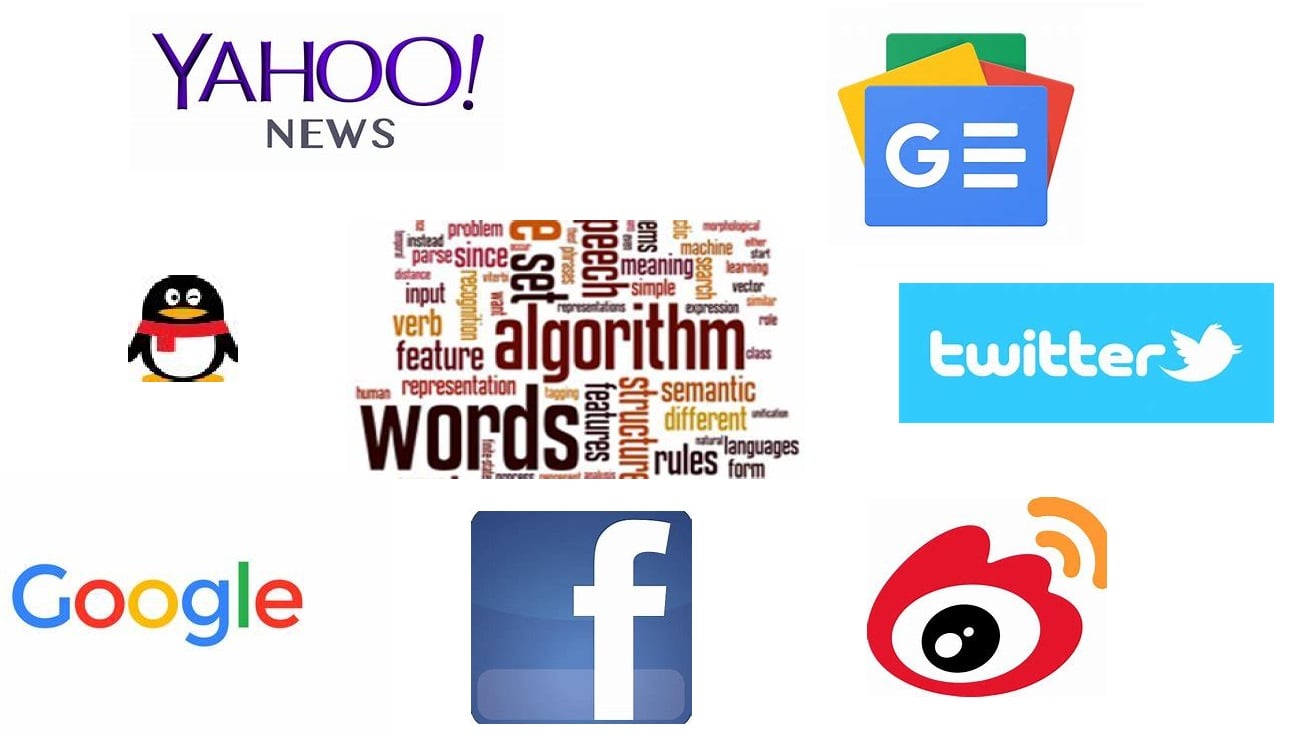
Applications of machine learning to text data
Four applications:
- Sentiment analysis
- Multi-class classification
- Text generation
- Machine neural translation
Sentiment analysis

Multi-class classification
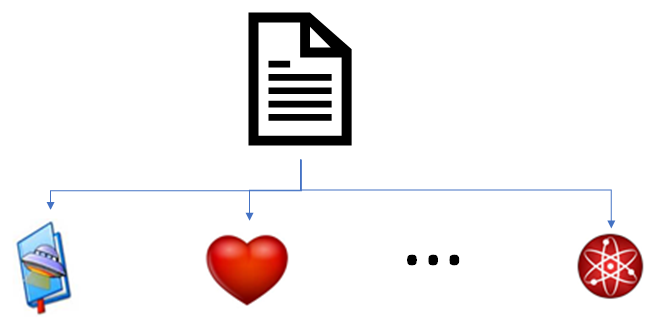
Text generation
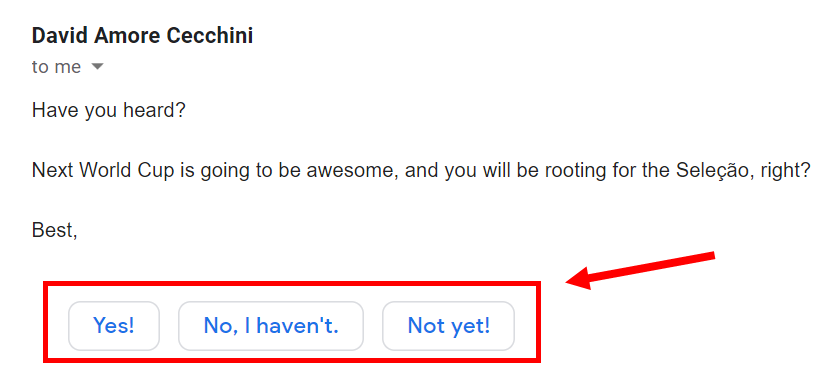
Neural machine translation
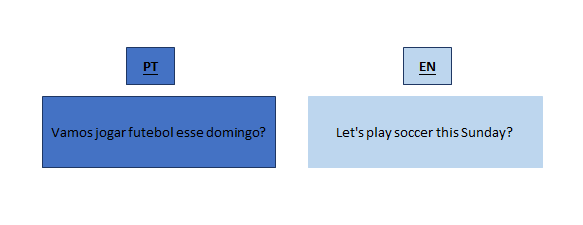
Recurrent Neural Networks
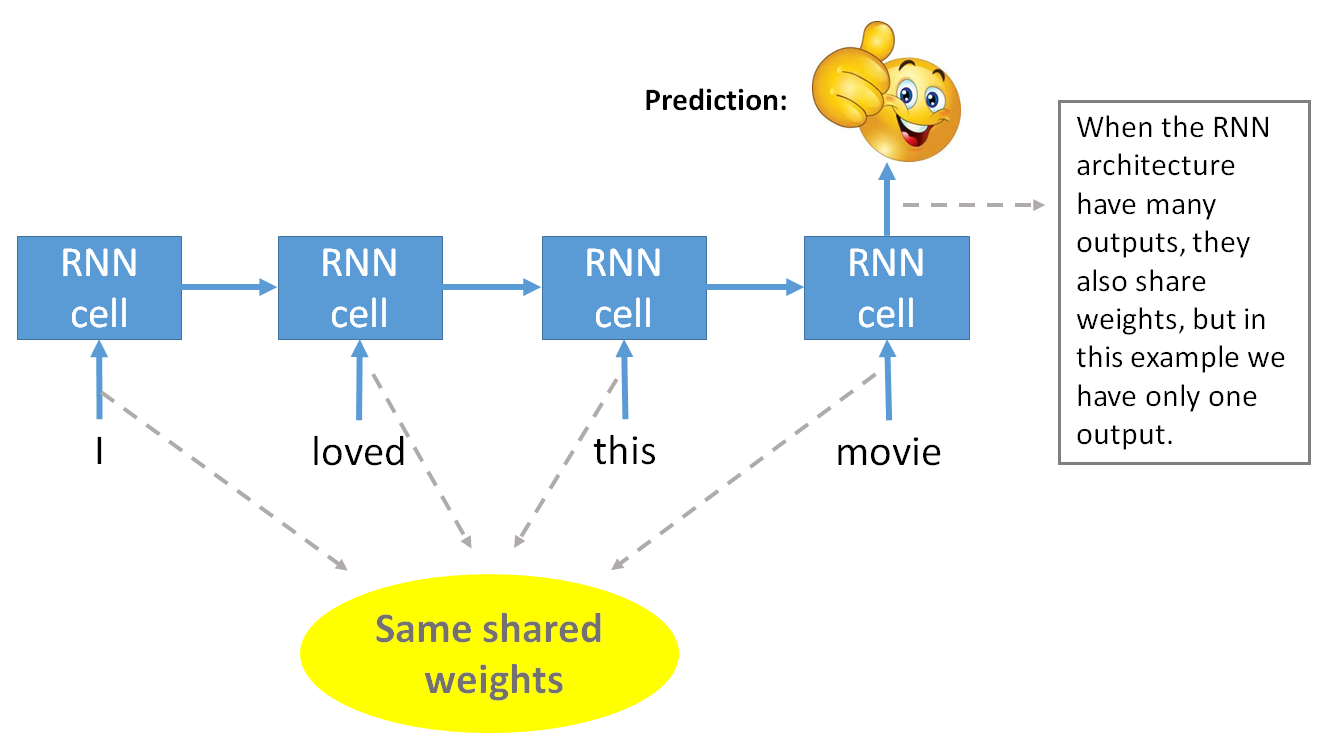
Sequence to sequence models
Many to one: classification
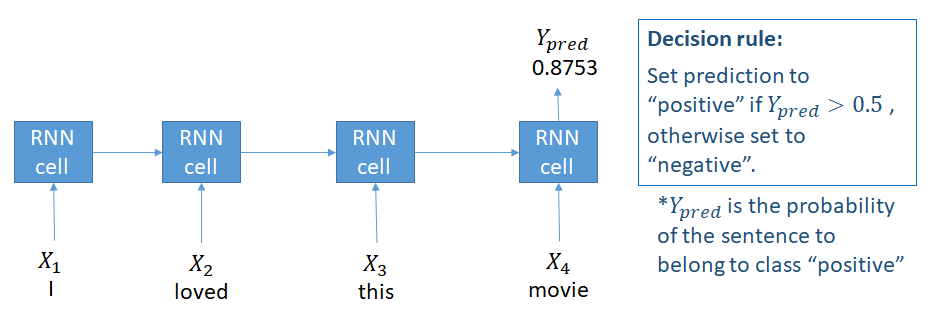
Sequence to sequence models
Many to many: text generation
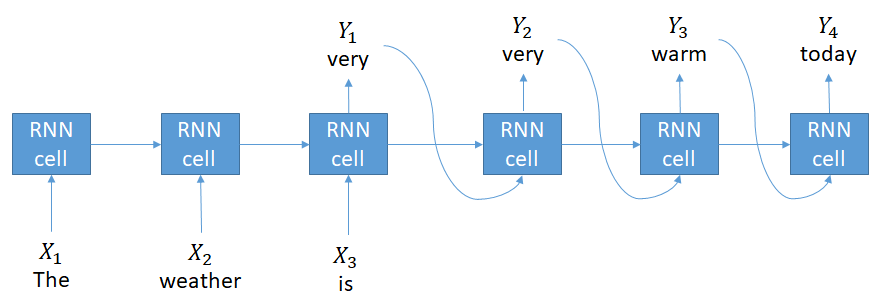
Sequence to sequence models
Many to many: neural machine translation
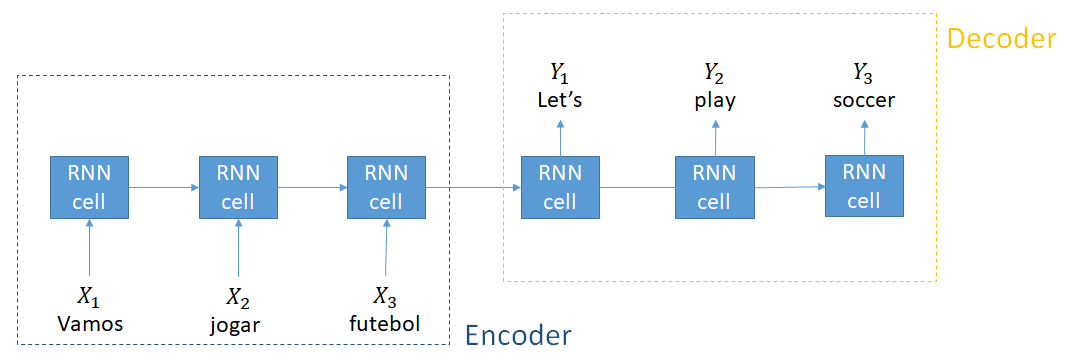
Sequence to sequence models
Many to many: language model

Let's practice!
Recurrent Neural Networks (RNNs) for Language Modeling with Keras

